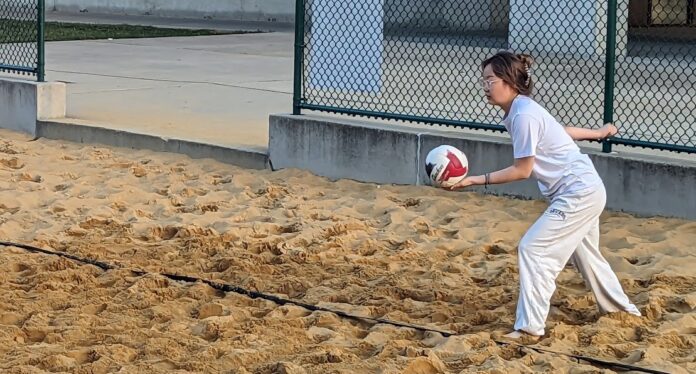This article discusses the pros and cons of technology aided play.
“The SAGE Handbook of Outdoor Play and Learning” Excerpt
“The messages from the affordances of these play materials also differ from the messages children gain from outdoor play environments. Although physical action transparency may be high for experienced technology play users because they may know how to press buttons or screens, point to virtual objects or push images on and off screens, these types of physical actions are usually narrow compared to those actions elicited during outdoor activities. Also, most of the physical actions typically required in technology-augmented play, especially of virtual types, do not involve whole body activity, and, in contrast, these actions are prominent in outdoor play. The cognitive aspects of transparency also differ between technology-augmented and outdoor play because the activities undertaken and tasks to be solved in the first instance have been designed by the technology developer rather than the child. That is, the problems are not ‘found’ by the child but presented to the child by the toy designer. The social transparency aspect also differs because the toys or games are often designed for play alone or with virtual players rather than with other children who are present in the outdoor environment. In regard to the second affordance quality, challenge, the levels of challenge are often built into the toy or game, but these are also designed by the technology developer rather than the child. The type of challenges presented in the outdoor world may be less clear, but they often involve high physical action and the child is in charge of the level of increased challenge. Finally, the accessibility of others to engage in play also differs from outdoor play with children who are physically present. Sometimes there is a technology-augmented ‘turn-taking’ social experience that involves one child as the player and others as watchers until their turn occurs. However, socially interactive games like kickball, jump rope, and tag that were typical of outdoor play have very different accessibility dimensions.” (Waller et. al. 2017).
.
REVIEW
This section of the book discusses outdoor play and technology. Specifically it goes into three categories of children’s play including affordances, challenges, and accessibility. It talks critically of the present technology habits of children and cites reasons for the importance of outdoor play. They use examples from designers combining technology and play and discuss if this idea would increase outdoor play in children. They also discuss the limitations that technology has on cognitive and physical development even if augmented with the outdoors. I am interested in developing some sort of educational activity and considering the amount of reliance on technology required to use it is important. I appreciate the discussions on challenging children in a way, and to create toys that have multiple affordances. For example, a sandbox has a lot more creative opportunities than a button that only makes one sound. Keeping in mind what engages and actively encourages children to interact is going to be important further into my research project.
REFERENCES
Waller, T. et al. The SAGE Handbook of Outdoor Play and Learning. 2017, June 19. SAGE. (chapter 5 pages 55 – 68). https://uk.sagepub.com/en-gb/eur/the-sage-handbook-of-outdoor-play-and-learning/book245741.




